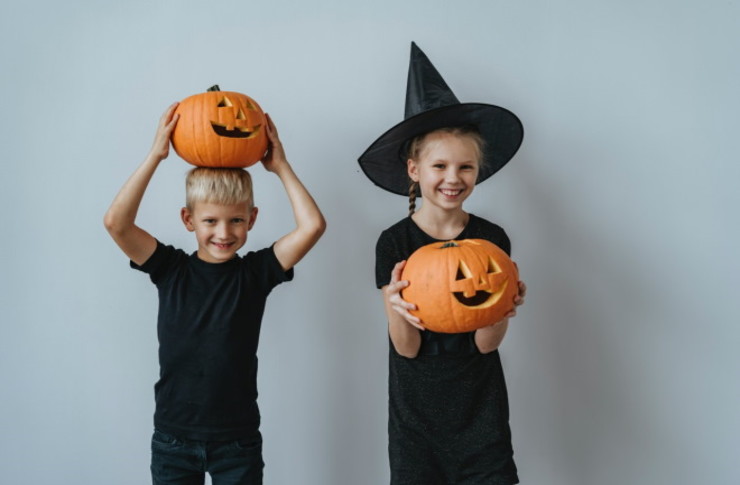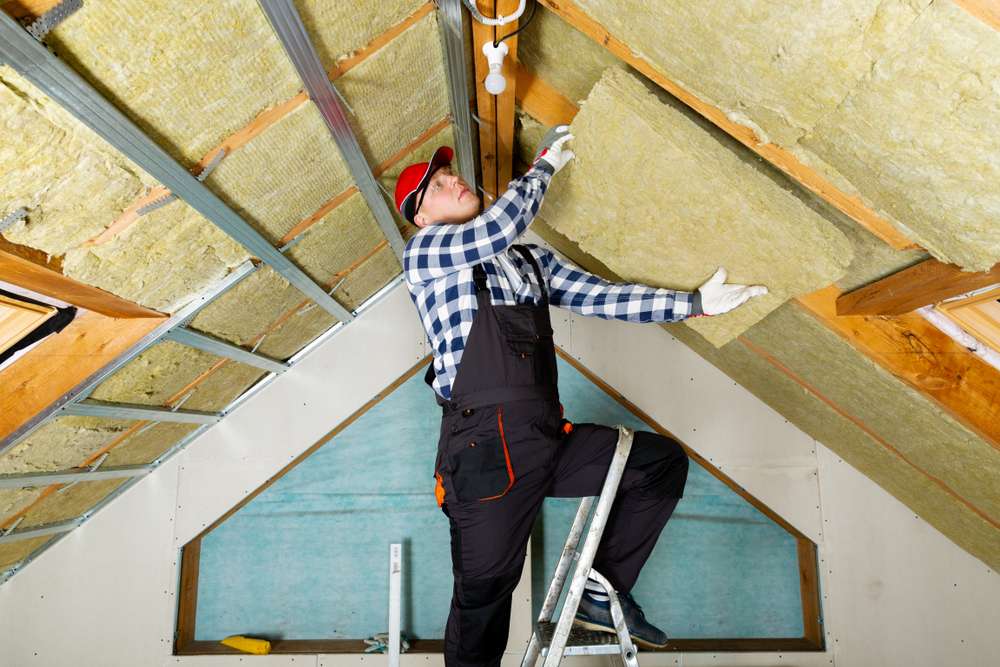Halloween: Traditions, Safety and Community Activities
Halloween is an annual cultural observance with roots in older harvest and seasonal festivals. Over time it has combined folklore, religious observance and community customs to become a night marked by costumes, decorations and neighbourhood activities. This article outlines the history, typical practices, safety considerations and ways communities engage with Halloween in modern settings.

Origins and cultural history of Halloween
Halloween’s origins are commonly traced to ancient Celtic harvest festivals such as Samhain, when communities marked the end of the harvest season and the approach of winter. Early Christian traditions absorbed and transformed some of these observances into All Hallows’ Eve, the evening before All Saints’ Day. Migration and cultural exchange—particularly between Europe and North America—shaped many practices now associated with Halloween. Over the 19th and 20th centuries, a mixture of folk customs, religious observance and popular culture produced the iconography and rituals recognised today: carved lanterns, masquerades and stories about spirits or the supernatural. While specific customs vary widely by country and region, the blend of seasonal marking, community ritual and entertainment remains central.
Common traditions and how they vary
Common Halloween practices include dressing in costumes, decorating homes, carving lanterns from pumpkins (or turnips in some traditions), telling ghost stories and hosting parties. Trick-or-treating—children visiting neighbours for sweets—became widespread in parts of North America in the 20th century and has since been adopted or adapted in many other places. In the UK and Ireland, community events, bonfires in certain locales and organised parties are typical. Elsewhere, alternative observances focus on harvest celebrations, remembrance of the dead, or autumn fairs. The ways people participate can be influenced by local custom, religious belief and local authority guidance, resulting in a wide range of family-friendly and adult-oriented activities.
Practical safety tips for families and communities
Safety planning helps reduce risks associated with high footfall, costumes and decorations. For families: choose costumes that allow clear vision and free movement, use reflective strips or lights for evening activities, and check treats before consumption if you have concerns about allergens. For households hosting visitors: place candles and open flames out of reach, use battery-operated lights where possible, and keep pathways clear of tripping hazards. Drivers should be alert for pedestrians in low light and reduce speed in residential areas. Event organisers should consider first-aid provision, clear signage, and measures to manage crowding. Local councils and community groups often publish seasonal safety guidance tailored to local conditions and laws.
Decorations, food and fire safety considerations
Decorations and food are central to many Halloween celebrations but carry specific safety considerations. Flammable decor should be positioned away from heat sources; choose flame-resistant materials and avoid obstructing exits during indoor events. When using electrical lighting, check bulbs and leads for damage and follow manufacturer instructions. For parties where food is shared, label common allergens and keep hot and cold items at safe temperatures to reduce foodborne illness risk. For outdoor gatherings, consider weatherproofing and anchoring free-standing decorations to prevent wind-related accidents. Responsible use of pyrotechnics or bonfires is governed by local regulations in many areas, so consult local services for guidance before planning such features.
Organising events and local services in your area
Communities often rely on a mix of local services to run safe, inclusive Halloween events: community centres, village halls, schools and faith groups frequently host organised activities. Local councils provide guidance on public events, road closures and safety approvals; some towns offer supervised trick-or-treat routes or street parties. For costumes and decorations, independent retailers, costume hire shops and charity shops can be practical sources. Event planners or community volunteers typically coordinate risk assessments, volunteer marshals and insurance where appropriate. When planning a public gathering, contacting local services early helps secure permits and ensures alignment with local safety and public-health guidance.
Inclusivity and environmental considerations
Modern celebrations increasingly reflect concerns about inclusivity and sustainability. Consider offering non-food treats or allergy-friendly options for trick-or-treaters, and be mindful of cultural sensitivities that may make certain costumes or imagery inappropriate. Environmentally, reusable or recyclable decorations and costume swaps can reduce waste; some communities run swap events or charity drives to redistribute costumes and props. Planning quieter, sensory-friendly sessions can make events accessible to children and adults with sensory sensitivities. These adjustments help make Halloween more welcoming and reduce the environmental footprint of seasonal festivities.
Conclusion
Halloween today is a combination of historical tradition, community practice and contemporary innovation. Whether celebrated through small family gatherings, neighbourhood trick-or-treating or organised public events, attention to safety, inclusivity and local guidance helps preserve the festive spirit while protecting participants. By balancing tradition with thoughtful planning, communities can create memorable seasonal activities that reflect local values and needs.



